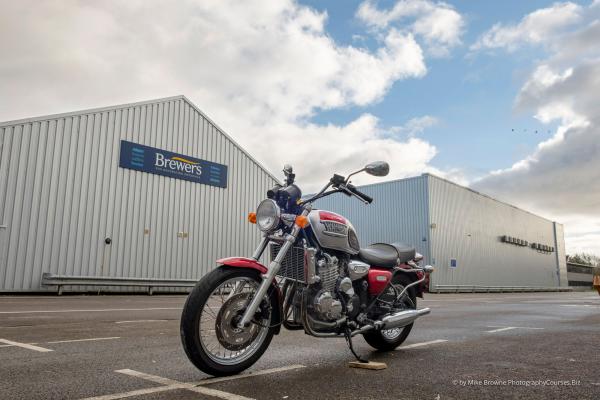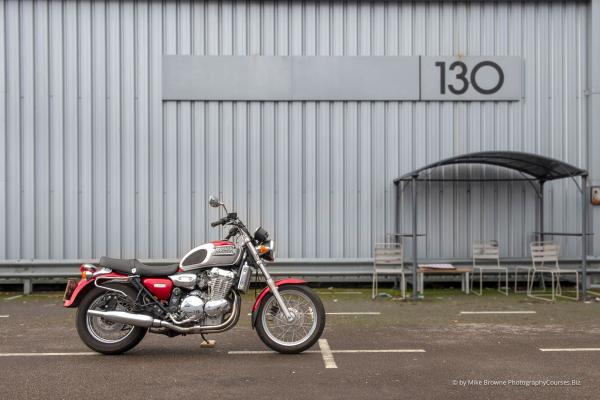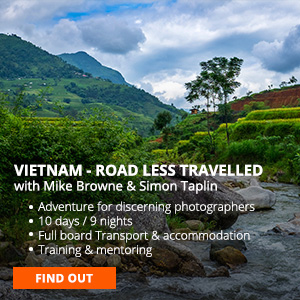How To Photograph A Motorcycle
I’d just turned 14 when I got that magical 1st go on a motorbike. And instantly I knew they’d be a massive part of my life forever. Strangely I’m not even slightly interested in motorbikes per-se and have no idea what the latest model is or upgrading or who makes what, I just love being on one. Rain, sun, cold, wind - doesn’t matter. It’s all part of experiencing the world as part of it when travelling, instead of being sealed off and separated from it like a by-stander. It’s time to take some photos and share some tips and ideas about photographing motorcycles.
It doesn’t really matter what camera you have, the trick is to make it stand out from the surroundings, be in great light in a great composition. In the video I’m using my trusty Fuji XT2 with my favourite 18-55mm lens which came with the camera. Nothing fancy, no off camera flashes or techy ‘professional’ gear. Where you position the bike the light and composition are more important. Get these right and you can get great motorcycle photos with your phone. Having a camera with settings you can control will give you a creative edge though. Provided you know how to use it of course…
Motorcycle Photography Tips
1: Be Careful With Backgrounds
You don’t want the bike to be lost against it or competing with it for the viewers attention. You want your bike to be the star of the show, not become lost amidst surrounding clutter. It’s easy to overlook this because we concentrate on how awesome the bike is and forget to look at the surroundings before photographing the motorcycle. In these images the bike’s lost.
Find and angle (or place, which we’ll come to in a minute) less cluttered where the bike stands out as the subject of the photo, rather than merely a part of it.
2: Camera Angle
You can often change the background just by moving yourself around the bike and shooting from a slightly different place. Compare the shot of my Thunderbird in front of the trees with the one below. I didn’t move the bike. I moved and shot the photo from a different angle.
Shooting from petrol tank level looks nice and natural and low angles make the motorcycle look powerful and dominant. Low camera angles can also help you tidy up a slightly messy background too.
3: Use The Environment
Get out and ride around for a while looking for suitable environments without clutter, but with some graphic features like the side of this industrial unit and the smoko area’s shelter and chairs. Yes, I know the bike’s kinda small in this photo. It’s called Negative Space and I think it works to have a colourful, shiny bike placed amongst grey workday surroundings. The motorcycle stands out and has an impact even though it’s occupying a small area of the image.
4: Camera Equipment
As you saw in the video, you don’t need much kit and can travel light with a small camera and lens in a day pack, go for a long ride, stop and shoot whenever you find a likely location. I recommend wide angles and mid range focal lengths so your standard ‘Kit Lens’ will be perfect.
Longer lenses work well too if you have one. By standing further away from the bike and zooming the lens you get a narrower field of view, and shallower depth of field, both of which help concentrate attention on your motorcycle. I’ll make another video about photographing motorcycles with a long lens later in the year...
If you’d like me to help you brush up on your camera skills, checkout my online photography courses and try a free sample. Complete The Masterclass in Photography and you’ll know everything you need to master your camera, have a great understanding on using light and composition.
And the more advanced 7 Building Blocks of Photography will give you the thought process used by pro photographers to seamlessly connect the creative and technical aspects of photography for any image…
Be well till next time…
















































